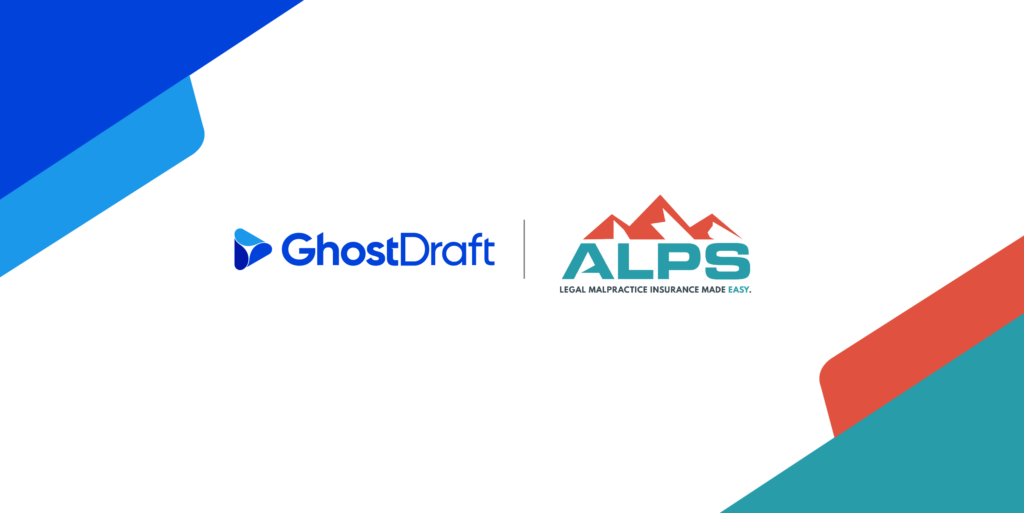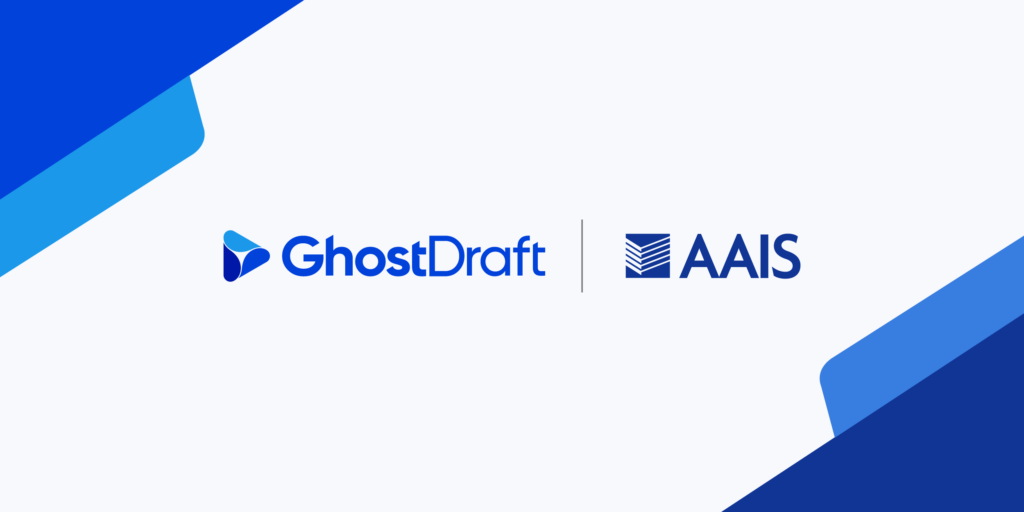
Insurance Crisis Communication Best Practices
Last updated: April 16, 2020 | 7 min readWhen faced with a rapidly escalating crisis like the current global pandemic, staying connected and keeping customers and other key stakeholders well informed is more important than ever. Insurance carriers across the US are working quickly to develop communication management plans to respond to the COVID-19 crisis.
These unusual times make communicating to customers, internal teams, and partners challenging. To help, we’ve worked with industry analysts and insurers to compile a list of seven tips to build and deliver effective crisis communications.
Respond Quickly
In a situation of uncertainty, every day you wait to deliver effective communications, you risk deepening policyholder anxiety and fear. During a crisis, policyholders look to insurers for protection and a sense of safety. Responding quickly is key to maintaining customer confidence.
Also, responding early and often with clear and easily accessible communications reduces the number of calls to your already overwhelmed call center.
If you have yet to establish regular customer updates and guidance communications in response to COVID-19, it’s not too late. Start by communicating what your business is doing to maintain service levels and let your customers know what steps you are taking to assist them in these difficult times.
Answer Policyholder Questions
Policyholders will have questions. Provide them with online resources to get information when they need it most. Consider sending FAQ communications or include FAQs on your website to answer the most common questions you are receiving from customers. You can get these questions from phone calls, emails or website forms.
Here are some of the most common policyholder questions regarding COVID-19:
- What is my insurance carrier doing to maintain customer service and claims processing levels for my company or me during the COVID-19 outbreak?
- Does my policy cover COVID-19?
- What options do I have to make my premium payments?
- What will happen if I am unable to make my premium payment?
- I’ve seen the news about financial institutions making allowances for those impacted by job loss or other economic difficulties. Is my insurer offering something similar? If so, do I qualify and how can I apply?
- What is the best way to file or update a claim to make the payment arrive faster?
Think About Your Audience
Throughout a crisis like COVID-19, maintaining customer trust and confidence is critical. Communicating crisis information needs to go beyond simply stating company decisions or changes in policy.
Right now, many people are overloaded with information that is oftentimes conflicting and not directly relevant to them. To get your message across effectively, be as direct and simple as possible. Don’t add to the confusion by leaving your audience wondering, “what does this mean for me?”
Provide practical guidance to explain what developing events mean to specific policyholders and what they should be doing as a result. Plan to communicate updated information often until things return to normal.
To send the right information to the right people at the right time, ask yourself these questions:
- Who are the key stakeholders with a need for information from your organization?
- What information needs to be communicated to each group of stakeholders?
- What questions might they have?
- Who needs it first, and for what purpose?
- What is the best way to deliver the information you are communicating?
- Are you able to deliver messages through interactive tools and personalized video rather than just email to make consumption easier for stakeholders?
- Is the message clear, actionable, and relevant?
Keep Communicating
Communicating what the evolving crisis environment means for your policyholders, your communities, and your organization is job number one.
For a fast-moving crisis like COVID-19, you have to find the right balance between overcommunicating and under communicating. You want to send out all the necessary information while avoiding message fatigue.
To do this, send concise, actionable messages that reach your customers in predetermined intervals. Allow sufficient time for your message to be read and responded to if necessary. As a general rule of thumb, each communication should contain no more than one to three key points or action items.
How Often to Communicate
As you know, all policyholders are different. While some feel they are receiving too much communication, others think they are in the dark. To help you determine how often you should be communicating, think of your messages in three separate categories:
- Facts and information
- Insight and guidance
- Support and solidarity
In a crisis, people want facts. You should send essential facts and information in real-time and in an easily accessible manner.
Insight and guidance – such as how are we adapting our processes and what does this mean for policyholders – should not be sent every hour or every time something new happens. For this type of message, it is best to stick to a routine schedule. For your audience, this could mean once per week, biweekly, or even monthly. If possible, send targeted messages to ensure your communications are relevant for your audience. Keep in mind that you may run into changes that have an immediate impact on stakeholders, like call center closure. Send this information out when needed.
As an insurer, it is vital to reassure your policyholders and let them know you are here for them in these challenging times. Use support and solidarity communications for these moments. While important, you should send this type of message less often than facts and guidance. Typically, it is best to send out messages of support at significant milestones.
Even after the crisis is over, plan to communicate with your customers until everything is back to normal.
Be Transparent
Transparency and trust go hand-in-hand. Honest and frequent communication will build confidence, while a lack of information or misinformation will result in mistrust. This is why it is essential to be transparent with your customers, internal teams, and partners during a crisis.
Identify the concerns of your audience and develop messaging that assures them your organization is doing all it can to ensure business as usual. If there are delays in processes or customer service, make sure you keep your customers informed and up to date on what to expect. Let your customers know what you’re doing to resolve any concerns or questions they may have throughout the crisis.
Set the Right Expectations
Many times, insurers are so focused on getting information and resources out that they forget the critial task of managing policyholder expectations.
If you set expectations that everything will go smoothly and speedily, you will most likely find you can’t meet that expectation. In this situation, you risk frustrating policyholders and leading them to believe you’re not very trustworthy.
During a crisis, people are more tolerant of and perhaps even expect reasonable delays and hiccups to occur. Don’t be afraid to set realistic expectations that you can meet – this is what builds trust.
Some common expectations to set, guide, and manage include:
- Delays in service
- Restrictions on personal interactions
- Temporary office closures
- Call center wait time
Reach Customers on Their Channel of Choice
As with your regular communications, customers consume information using different channels and devices. With a crisis, it is important to send messages to customers’ preferred delivery channel.
While email is vital, it’s easy for an important message to get lost in an inbox – especially during a crisis. Consider sending communications through multiple channels to get messages to people faster while avoiding this issue.
Omnichannel communication is no longer optional. It is crucial for emergency communications.
To determine which channel is appropriate, use the following the chart:
| Channel | Best Practice | Frequency |
| Phone | For complex, on-demand support | As needed |
| Traditional print messages, like bills | As usual | |
| Regular updates and service transactions | Weekly or as needed | |
| Website | Resource center for all communications | Continuous |
| Mobile App | Resource center for all communications | Continuous |
| Text | Vital updates / changes | As needed |
| Social Media | Regular crisis or company updates | Daily |
If possible, develop messaging strategies for each audience. Leverage customer communications software to build effective and compliant messages that adapt to customers’ preferences for the delivery channel, format, and language.
For carriers who use GhostDraft and would like to expand into more digital channels, don’t hesitate to reach out. We are here to show you how to or help you leverage these output channels, including voice and video.
Maintain Company-Wide Consistency
For many insurers, different teams across the organization will be communicating with customers, team members, and partners. To ensure professionalism and maintain brand identity, you must maintain consistency across all communications.
The best way to do this is by assigning a crisis communication team or communication lead to oversee all internal and external communications regarding the crisis.
Aim to have as many of the following roles as possible represented on your crisis communication team:
- Senior manager(s)
- Legal counselor(s)
- Compliance manager(s)
- Customer experience officer(s)
- Public relations or marketing specialist(s)
Make things easier by establishing the tone and key messages early in the process. This will help guide teams who are developing communications and avoid time consuming editing work for your communication team.
The crisis communications team or lead should keep employees up to date as the situation and corporate messaging changes to ensure everyone is on the same page.
Listen and Adapt
Mishandling a crisis can lead to poor experiences, customer churn, and a negative impact on your brand reputation. Actively soliciting feedback will help you determine how well your communications are being received and if the frequency of your messages is appropriate. This is why many insurers listen to their audience and adapt messaging tone and regularity as needed.
In times like the COVID-19 pandemic, things change rapidly. Your messaging and tone should follow the sentiment of the situation. Monitor the news and your inbound communications, including social media, call support, website forms, and emails to ensure your messaging matches the concerns of your customers.
Here are some common ways to listen to and discover what your policyholders think and need:
- Adding surveys to your emails, website, and phone calls
- Setting up Google keyword alerts
- Calling or emailing a few customers for feedback
- Analyzing customer service phone calls and web support forms
Communication Technology
For many insurers, the best way to deliver crisis communications is through a customer communications management (CCM) system. With many CCM systems, you can streamline the creation, delivery, and management of omnichannel crisis communications in one centralized, collaborative location.
Insurers who leverage GhostDraft, a cloud-based CCM solution, empower business users to build one template and use business rules to send messages to customers’ preferred channel and format. With GhostDraft, you can create highly interactive, compliant communications with personalized video that adapts to the channel and device upon delivery, strengthening customer engagement and confidence throughout a crisis.
For carriers who don’t have GhostDraft or a CCM suite, there are several online email tools available. While these platforms will help you deliver digital communications immediately, a true CCM system will help you drive efficiency, customer engagement, and compliance in the long run.
To find the best online tool for you, look for a platform that is easy to use, affordable, and has features to track engagement. Here is a list of free online email tools to get you started:
Get Help
Increases in claims, switching to a work from home model, rapidly changing situations, and panicking policyholders make communicating during an unprecedented crisis like the COVID-19 pandemic grueling work. But it doesn’t have to be.
Over the coming weeks, we will share research and information to facilitate your crisis communications here on our website. Start delivering correspondence that builds trust, confidence, and a sense of safety. Get started with this checklist about How to Respond to a Crisis like COVID-19.
If you have any questions or need help sending communications, GhostDraft is here to help.
Need more info on our Solutions?
Find out how we can help you create better experiences, greater efficiency and more agility to ensure your business is always in touch.

